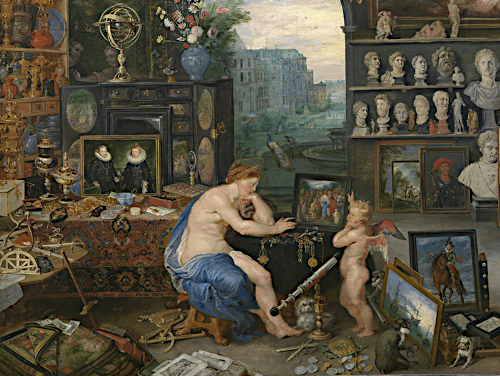European Painting And Sculpture Of The Seventeenth-Century: The Visual World of the Seventeenth Century

The seventeenth century was an age of global exploration and technological discoveries that changed the ways Europeans could see and imagine their world and their place in it. This course explores how these changes affected the visual arts. It looks at the many-facetted visual culture of seventeenth-century Europe with particular focus on the pictorial and plastic arts. Lectures will consider the extraordinary achievements of such well-known figures as Caravaggio, the Carracci, Artemisia Gentileschi, Bernini, Velazquez, Rubens, Van Dyck, Rembrandt, and Vermeer, as well as other visually interesting but less familiar works by their contemporaries. We will be looking not only at painting and sculpture, but also at some architecture, drawings, prints, maps, and book illustrations, in order to glimpse some of the many ways in which visual culture operated in the seventeenth century. Lectures and readings are designed to show the place of art within cultural encounters, scientific inquiry, religious practices, politics, cultural, social and economic life. The principal goals of this course are: 1) to familiarize you with key artistic achievements of the period; 2) to situate these works within their historical circumstances; and 3) to help you develop skills of visual and historical analysis. Requirements include informed participation in discussion sections, a midterm test, a final examination, and a short paper.
Textbooks/Other Materials: PDFs of all readings are on CTools; there is an optional textbook.
Estimated cost of materials: less than $50.
HISTART Category for Concentration Distributions: D. Europe and the United States, 3. Early Modern.